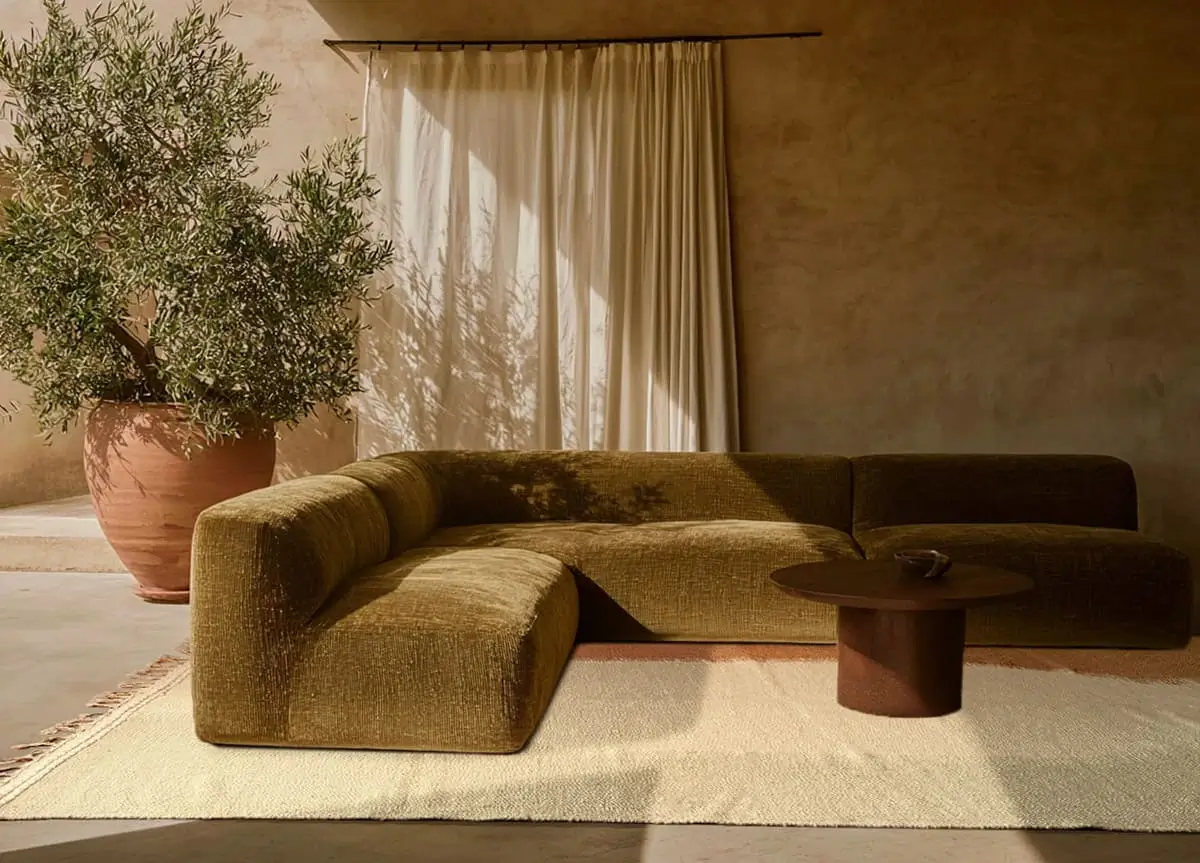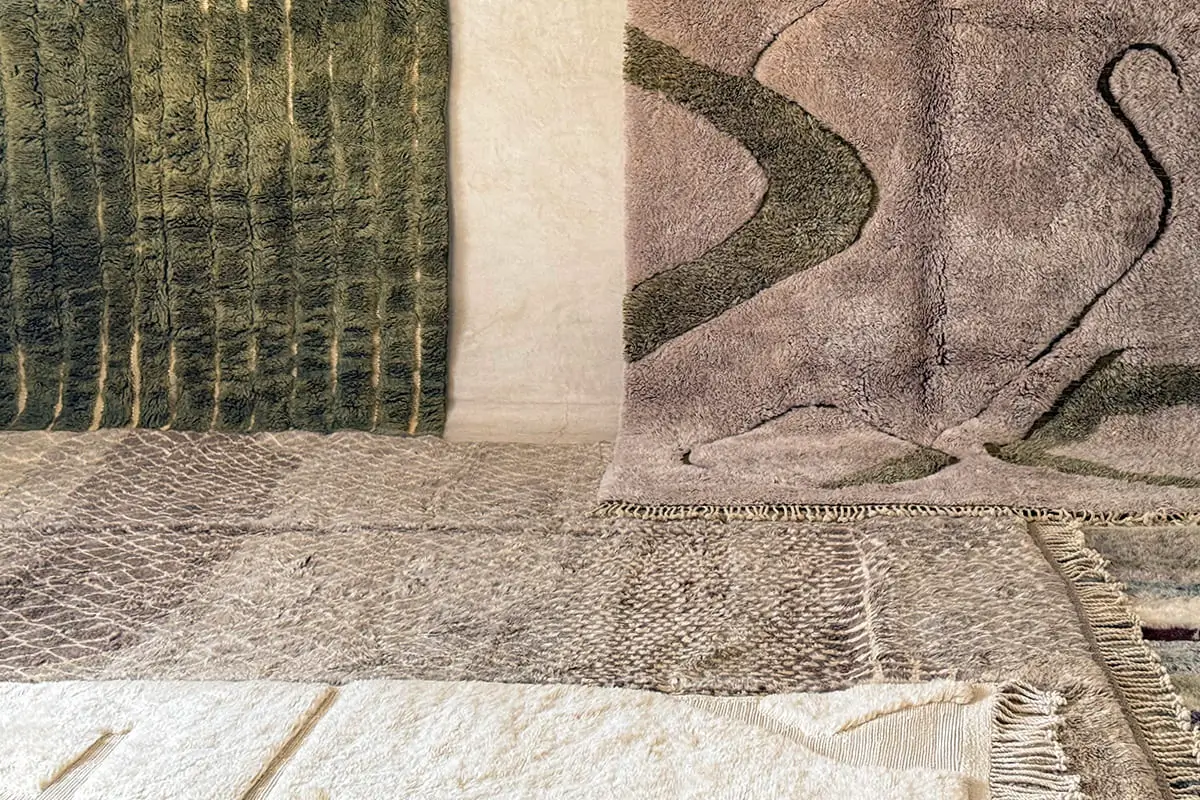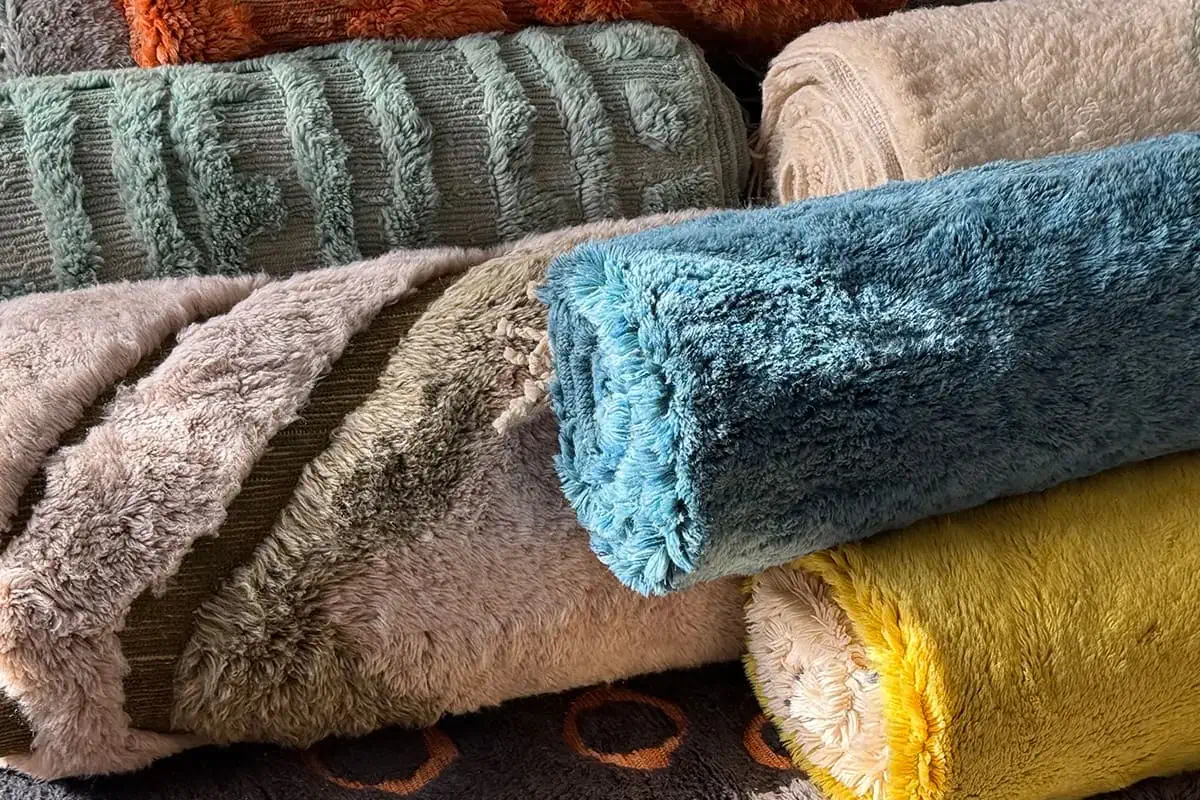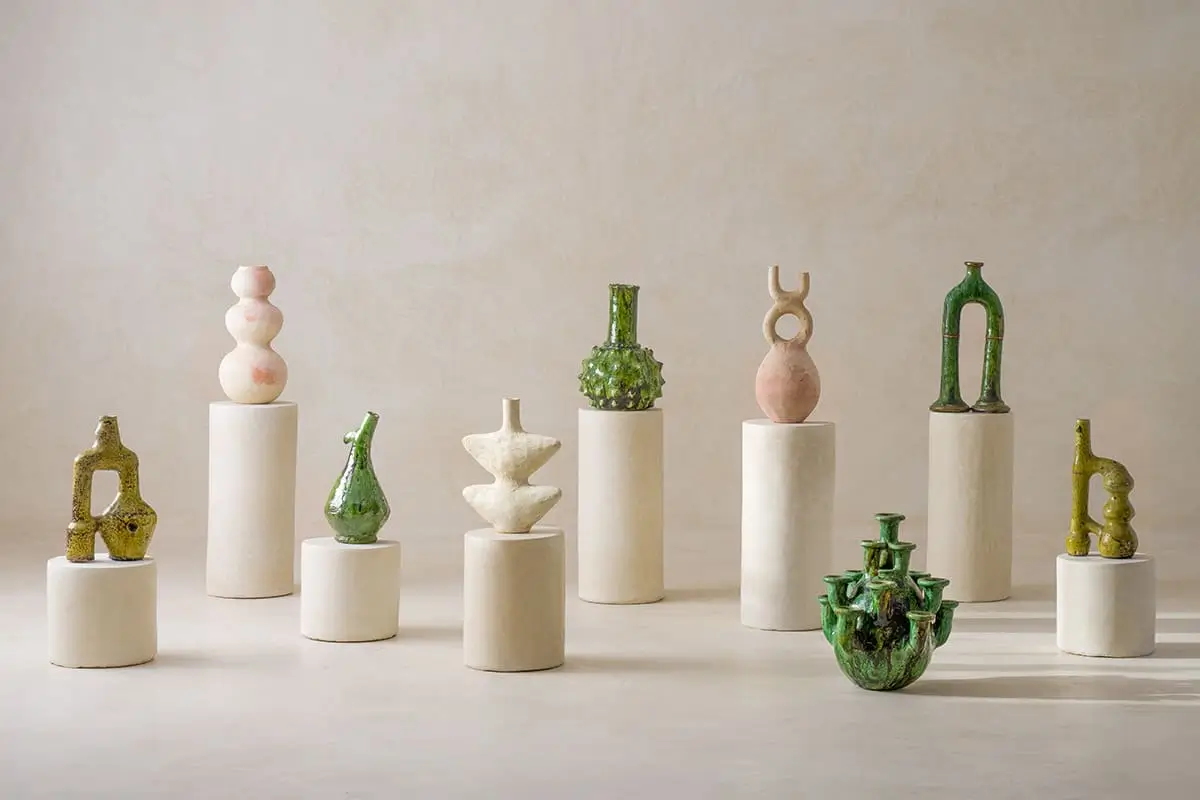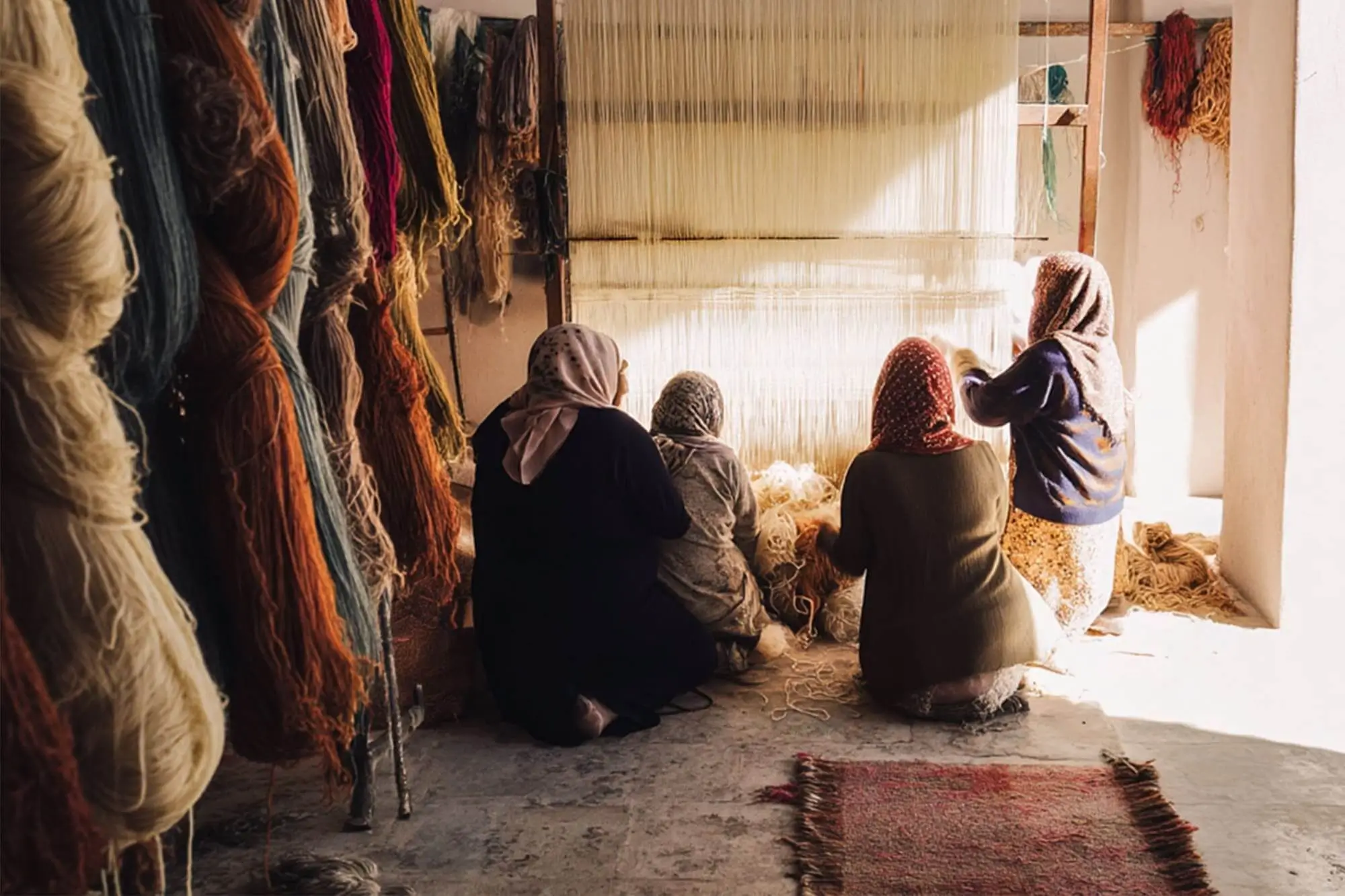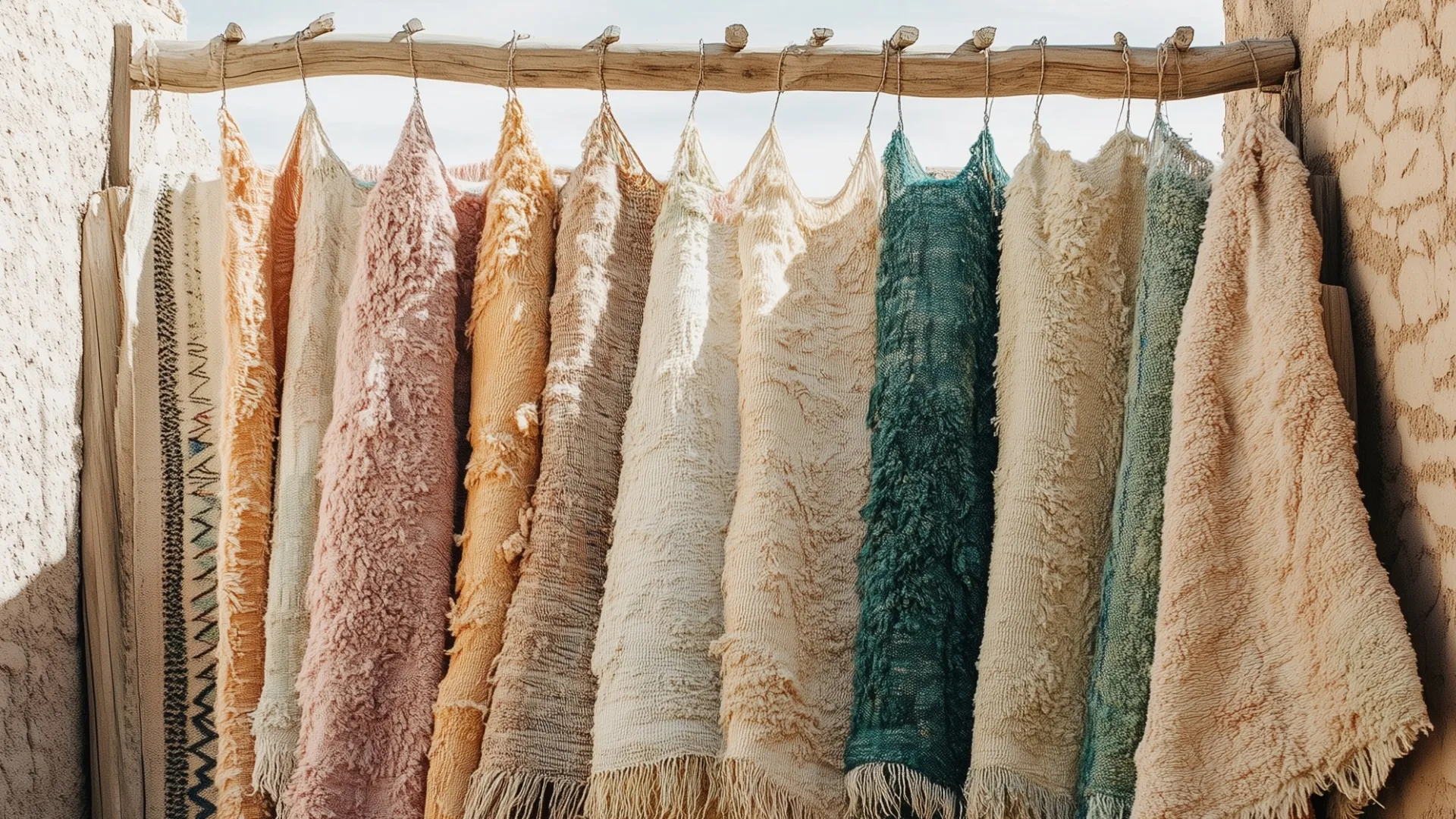Magazine


The History of Handcrafted Rugs: From Ancient Traditions to Modern Homes
Last reviewed:
- September 9, 2025
SHARE:
Handcrafted rugs have a rich history that spans centuries, connecting artisans across the globe through a shared tradition of craftsmanship and artistry. From the nomadic tribes of North Africa to the ancient weavers of Persia, rugs have long been a cultural symbol, offering beauty, warmth, and functionality to homes. Let’s explore the origins of handcrafted rugs and how they have evolved into the beloved pieces of decor they are today.
The Ancient Origins of Handcrafted Rugs
The history of handcrafted rugs dates back thousands of years, with some of the earliest examples found in ancient Persia, Turkey, and Egypt. These rugs were not just functional items but also status symbols, often commissioned by royalty or the wealthy elite. As weaving techniques developed, artisans began to incorporate intricate patterns and designs into their rugs, turning them into works of art.
- Persian Weaving Tradition: Persian rugs, renowned for their elaborate patterns and use of knotting techniques, have been produced for over 2,500 years. Persian rugs are considered some of the finest handcrafted rugs in the world, with each piece carrying symbolic meanings through its intricate designs.
- Nomadic Influence: In many regions, including Morocco and Turkey, nomadic tribes played a key role in the evolution of handcrafted rugs. These nomads wove rugs for practical purposes, such as floor coverings and bedding, but they also infused their creations with cultural symbols and patterns that represented their beliefs and daily lives.
Handcrafted Rugs in the Modern Era


While the techniques and styles of handcrafted rugs have ancient origins, they have also evolved over time to meet the needs of modern consumers. Today, handcrafted rugs can be found in homes around the world, from traditional Moroccan Berber designs to contemporary interpretations of Persian motifs.
- Global Demand: As handcrafted rugs became more accessible through trade, their popularity spread to Europe, North America, and beyond. Interior designers and homeowners alike appreciate the artistry and history behind each handcrafted piece.
- A Symbol of Luxury and Craftsmanship: In today’s modern homes, handcrafted rugs are often seen as luxury items that add character and depth to a space. Whether it’s a small accent rug or a large centerpiece, these pieces bring a sense of timeless elegance to any room.
How Handcrafted Rugs Have Evolved
Over the years, artisans have adapted their designs and techniques to suit contemporary tastes, all while preserving the traditional methods passed down through generations. Today’s rugs may feature modern patterns, but they still carry the same sense of care, dedication, and attention to detail that has defined handcrafted rugs for centuries.
- Contemporary Designs: Many artisans now incorporate modern designs into their work, blending traditional motifs with contemporary aesthetics to create rugs that appeal to a wider range of consumers.
- Sustainability: As consumers become more focused on ethical and sustainable products, handcrafted rugs offer a responsible option due to their artisanal production and quality materials, ensuring they last for generations.

